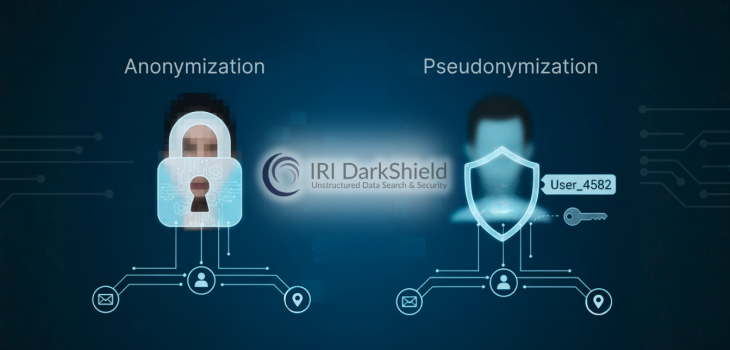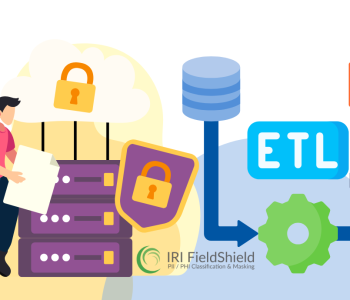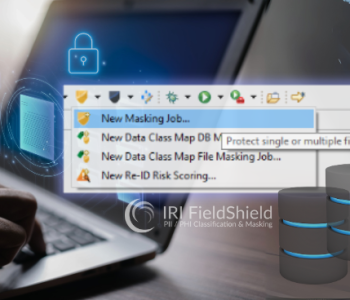 Data Masking/Protection
Data Masking/Protection
Data Anonymization vs. Pseudonymization in DarkShield
In an age where data privacy is under the microscope, selecting the right strategy for protecting sensitive information is no longer optional—it’s mandatory. For developers, data officers, and AI teams, deciding between a data anonymization tool and pseudonymization isn’t just a technical choice—it’s a strategic one. Read More








